The Angora Rabbit: A Comprehensive Guide
The Angora rabbit, a captivating breed renowned for its luxuriously soft and dense wool, holds a rich history and diverse lineage. Originating in the Ankara region of Turkey, formerly known as Angora, these rabbits have captivated hearts worldwide with their gentle nature and remarkable wool production.
This comprehensive guide delves into the fascinating world of Angora rabbits, exploring their origins, physical characteristics, wool production, temperament, care requirements, and ethical considerations surrounding their breeding and farming.
History and Origins
The Angora rabbit, a creature synonymous with luxurious softness, boasts a history as rich and intricate as its sought-after wool. Their journey begins in the heart of what was once known as Angora, now Ankara, the bustling capital of modern-day Turkey. Revered for their exceptionally long and soft fur, these rabbits quickly ascended to a position of prestige, becoming favored companions among French royalty during the 18th century.
The exact timeline of their emergence remains shrouded in a degree of historical ambiguity. However, the most widely accepted theory points to Ankara as their place of origin, with the breed’s name paying homage to this historical region. Another school of thought proposes that Angora rabbits descended from a unique lineage of long-haired rabbits indigenous to the cold, mountainous terrain of the Himalayas. This theory posits that these rabbits, prized for their warm and insulating fur, were eventually transported westward, ultimately reaching the shores of Europe.
Regardless of their precise genesis, Angora rabbits embarked on a westward migration in the early 18th century, arriving in France around 1723. Their arrival sparked a wave of fascination among the French aristocracy, who quickly adopted these fluffy creatures as cherished pets. The luxurious quality of Angora wool, rivaling even the finest cashmere, only served to solidify their esteemed position within French society.
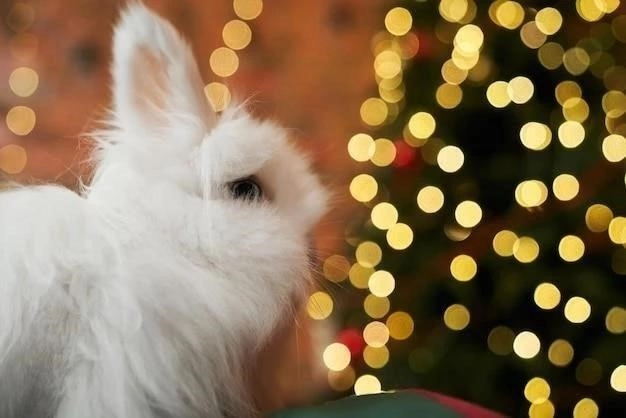
As the 18th century drew to a close, the allure of the Angora rabbit extended far beyond the borders of France, captivating the hearts of admirers across Europe. The early 20th century witnessed their introduction to North America, where their exceptional wool-producing capabilities captured the attention of breeders and entrepreneurs. The demand for Angora wool surged during World War II, further solidifying their position as a valuable source of luxury fiber.
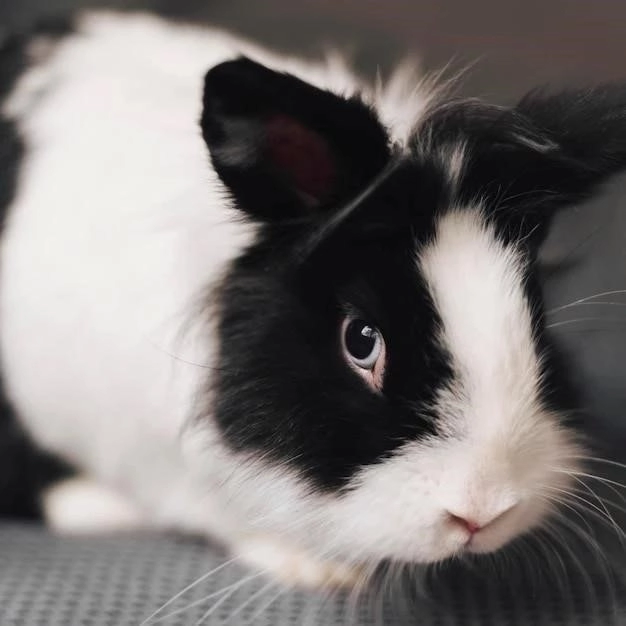
Today, Angora rabbits continue to be cherished for their wool, which is renowned for its softness, warmth, and hypoallergenic properties. However, their gentle nature, playful personalities, and undeniable charm have also made them increasingly popular as beloved household pets. This dual role as both prized wool producer and cherished companion speaks to the enduring appeal of the Angora rabbit, a breed whose history is as captivating as its luxurious coat.
Physical Characteristics and Breed Varieties
The Angora rabbit, instantly recognizable for its luxurious, dense wool, encompasses a captivating array of breed varieties, each possessing unique physical characteristics and charm. While their wool unites them, subtle variations in size, facial features, and wool texture distinguish these breeds, offering a diverse tapestry of Angora beauty.
The English Angora, the smallest of the Angora breeds, captivates with its abundance of wool, often obscuring its face and ears in a cloud of fluff. Weighing between 4.5 and 7.5 pounds, these diminutive rabbits are celebrated for producing some of the softest wool due to their low proportion of guard hairs. Their gentle and playful personalities make them a popular choice for both companionship and showmanship.
In contrast, the French Angora, tipping the scales between 7.5 and 10.5 pounds, boasts a more substantial presence. Their wool, while still luxuriously soft, is characterized by a distinct lack of facial furnishings, giving them a cleaner, more defined appearance. Their relatively low-maintenance coats, which naturally shed, make them an excellent choice for those new to caring for long-haired rabbit breeds.
A testament to innovative breeding practices, the Satin Angora emerged in the late 1970s, captivating the world with its uniquely glossy and lustrous wool. This captivating sheen results from a recessive gene inherited from its Satin rabbit parentage. Weighing between 6.5 and 10 pounds, Satin Angoras produce slightly less wool than their English and French counterparts but compensate with the unparalleled brilliance of their fiber.
Though not officially recognized by the American Rabbit Breeders Association (ARBA), the German Angora enjoys a devoted following, prized for its impressive wool production. Weighing between 7 and 11.5 pounds, these rabbits possess facial furnishings reminiscent of English Angoras, albeit less pronounced. Their dense wool, capable of yielding an impressive 2.5 to 4.5 pounds annually, makes them a favorite among fiber enthusiasts.
Finally, the Giant Angora, living up to its name, reigns supreme as the largest of the Angora breeds, reaching weights between 9.5 and 16 pounds. Recognized by ARBA in 1988, these gentle giants are characterized by their exclusively ruby-eyed white coloring and impressive wool production. However, unlike other Angora breeds, Giant Angoras do not naturally shed, requiring hand shearing to harvest their luxurious fiber.
Each Angora breed, with its unique physical characteristics and charming disposition, contributes to the captivating tapestry of this beloved rabbit breed. From the diminutive fluffball that is the English Angora to the gentle giant that is the Giant Angora, these rabbits continue to enchant and inspire with their luxurious wool and gentle nature.
Wool Production and Qualities
The Angora rabbit stands apart in the world of fiber-producing animals, renowned for the exceptional quality and luxurious softness of its wool. This coveted fiber, prized for centuries by artisans and connoisseurs alike, possesses unique characteristics that set it apart from other natural fibers, including sheep’s wool and cashmere.
Angora wool derives its exceptional softness from the unique structure of the rabbit’s hair shaft. Unlike sheep’s wool, which has a scaled surface, Angora fiber boasts a smoother, hollow core, contributing to its incredibly soft and luxurious feel. This delicate structure also makes Angora wool significantly warmer than sheep’s wool, often cited as being up to seven times warmer by weight.

The process of harvesting Angora wool varies depending on the breed and the intended use of the fiber. Some Angora breeds, such as the French Angora, naturally shed their wool, allowing for gentle collection through hand plucking. This method yields the highest quality fiber, as it preserves the integrity of the hair shaft. Other breeds, such as the German Angora and Giant Angora, require hand shearing to harvest their wool, a process similar to shearing sheep.
The quality and quantity of Angora wool produced by a rabbit are influenced by various factors, including breed, diet, living conditions, and overall health. English Angoras, known for their exceptionally fine and dense wool, produce comparatively smaller quantities, while Giant Angoras, true to their name, yield the most substantial harvests.
Once collected, Angora wool undergoes a meticulous cleaning and processing procedure to prepare it for spinning and weaving. The delicate nature of the fiber necessitates specialized techniques to prevent damage and maintain its luxurious qualities. The resulting yarn is incredibly soft, warm, and possesses a subtle halo, adding a touch of ethereal beauty to any garment or textile.
However, the ethical considerations surrounding the production of Angora wool, particularly in large-scale farming operations, have sparked considerable debate in recent years. Animal welfare advocates have raised concerns about the potential for distress and injury during the harvesting process, prompting many consumers to seek out cruelty-free alternatives.
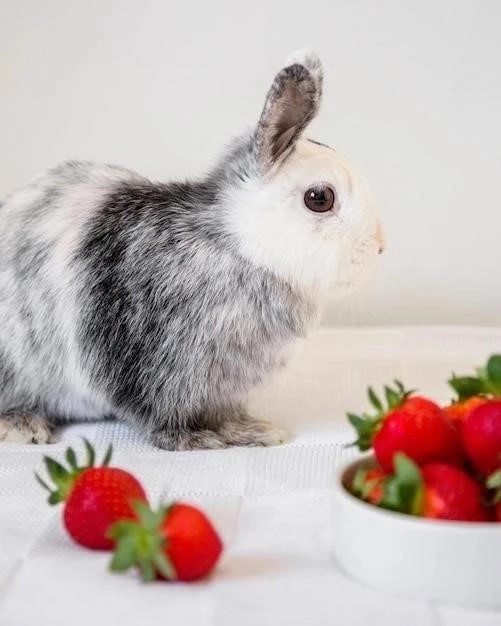
Temperament and Personality
Beyond their luxuriously soft wool lies a gentle and endearing personality that has endeared Angora rabbits to families and individuals seeking a devoted companion. These captivating creatures, often described as gentle giants, possess a unique blend of tranquility, curiosity, and playful energy that makes them a joy to share a home with.
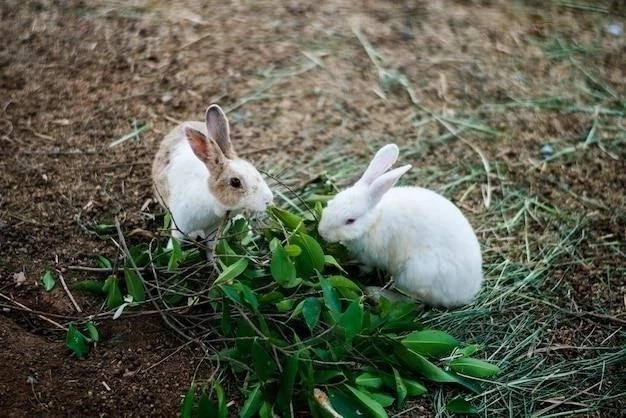
Angora rabbits, by nature, are docile and affectionate animals, content to spend hours lounging in the comfort of their human companion’s presence. Their gentle disposition makes them well-suited to households with children, provided that interactions are supervised to ensure the rabbit’s safety and well-being. They are known to form strong bonds with their human families, often greeting their loved ones with soft nuzzles and playful hops, seeking attention and affection.
While they cherish their moments of tranquility, Angora rabbits also possess a playful side, particularly when provided with ample space and enrichment opportunities. They delight in exploring their surroundings, investigating every nook and cranny with their inquisitive noses. Providing them with a variety of toys, tunnels, and chewable items helps satisfy their natural curiosity and keeps them mentally stimulated, preventing boredom.
Contrary to the stereotype of rabbits being solitary creatures, Angora rabbits can thrive in bonded pairs or small groups, particularly if they are introduced to each other at a young age. Socialization is key to fostering harmonious relationships between rabbits, and proper introductions, under the guidance of an experienced rabbit owner or veterinarian, are crucial to their well-being.
One should note, however, that like most rabbits, Angora rabbits generally dislike being picked up or held for extended periods. Their preference for grounded interaction stems from their natural instincts as prey animals, and respecting their boundaries is essential to building trust and strengthening the human-animal bond. By understanding their subtle cues and body language, owners can learn to communicate effectively with their Angora companions, creating a loving and respectful relationship based on mutual understanding.
Grooming Needs and Maintenance
The Angora rabbit, with its luxuriously dense and ever-growing wool, requires a dedicated and consistent grooming regimen to maintain its stunning appearance and overall well-being. Their exquisite coats, while undeniably beautiful, demand a significant time commitment from their human caretakers to prevent mats, tangles, and potential health issues.
Regular brushing, ideally daily or at least several times per week, constitutes the cornerstone of Angora rabbit grooming. This practice not only removes loose hairs and prevents mats but also stimulates blood circulation and distributes natural oils, promoting healthy skin and a lustrous coat. Specialized brushes designed for long-haired rabbits, with flexible bristles that gently detangle without pulling or tugging, are essential tools for achieving optimal results.
In addition to brushing, Angora rabbits require periodic shearing or plucking of their wool to prevent overheating and maintain hygiene. The frequency of these procedures varies depending on the breed and individual rabbit’s coat growth rate. Some Angora breeds, such as the French Angora, naturally shed their wool, allowing for gentle hand plucking during shedding seasons. Other breeds, including the German Angora and Giant Angora, require hand shearing, typically two to four times per year, to remove excess wool.
The process of shearing an Angora rabbit demands patience, experience, and specialized equipment, often best left to experienced groomers or veterinarians. Improper shearing techniques can result in painful cuts or injuries to the rabbit’s delicate skin. Regular nail trims are also crucial to prevent overgrown nails, which can snag on fabrics or cause discomfort while hopping.
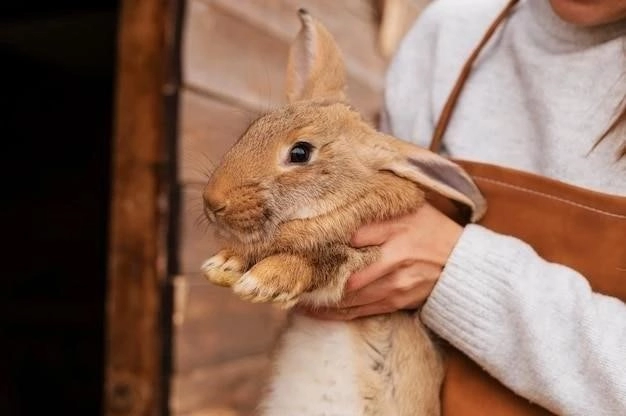
Beyond the physical aspects of grooming, maintaining a clean and hygienic living environment is paramount to the Angora rabbit’s health. Their litter boxes should be cleaned daily, and their living spaces should be free of urine-soaked bedding or fecal matter. Regular spot cleaning and deep cleaning of their enclosures are essential to prevent ammonia buildup, which can irritate their respiratory systems.
By embracing a proactive and comprehensive approach to grooming, Angora rabbit owners can ensure their beloved companions thrive in comfort and style, their luxurious coats a testament to dedicated care.
Housing Requirements
Creating a comfortable and enriching living space is paramount to ensuring the well-being of an Angora rabbit, a breed known for its gentle nature and exquisite, high-maintenance coat. Providing ample space, appropriate flooring, and ample opportunities for mental and physical stimulation are essential considerations when designing the perfect abode for these fluffy companions.
When selecting an enclosure for an Angora rabbit, size matters significantly. A spacious enclosure, measuring at least 4 feet long by 2 feet wide, is recommended as a minimum for a single adult rabbit. Larger breeds, such as the Giant Angora, will require even more spacious accommodations to accommodate their larger size and allow for adequate exercise.
The type of flooring is another critical consideration. Wire-bottomed cages, while commonly used for some rabbit breeds, are not suitable for Angora rabbits due to their delicate footpads and propensity for developing sore hocks. Solid flooring, preferably covered with a layer of absorbent bedding such as paper-based litter or aspen shavings, provides a comfortable and safe surface for their feet.
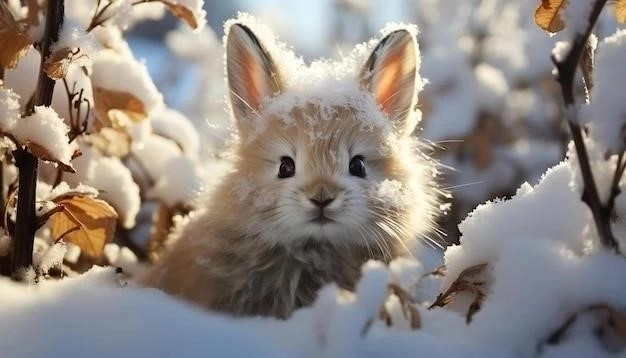
Beyond the basic enclosure, providing an Angora rabbit with ample opportunities for exercise and enrichment is essential to their physical and mental well-being. A spacious, bunny-proofed room or a secure outdoor run allows them to stretch their legs, hop, and explore to their heart’s content. Enrichment items, such as cardboard boxes for hiding, willow balls for chewing, and tunnels for burrowing, provide mental stimulation and prevent boredom, promoting natural behaviors.
Maintaining a clean and hygienic living environment is paramount to the health of an Angora rabbit. Their litter boxes should be scooped daily, and their enclosures should be thoroughly cleaned weekly to prevent the buildup of ammonia and bacteria. Fresh water should always be available, ideally in multiple locations and in both a bowl and a sipper bottle, to cater to their preferences.
By carefully considering the unique needs of the Angora rabbit, owners can create a haven where their fluffy companions thrive, their luxurious coats a testament to the care and attention they receive.
Dietary Needs and Feeding
Providing a balanced and nutritious diet is fundamental to ensuring the health, vitality, and longevity of an Angora rabbit, a breed celebrated for its gentle nature and exquisite wool. Understanding their unique digestive system and nutritional requirements is paramount to preventing digestive upset and promoting a long, fulfilling life.
The cornerstone of a healthy Angora rabbit diet is unlimited access to fresh, high-quality hay, constituting the majority of their daily intake. Hay, particularly timothy hay, oat hay, or grass hay, provides essential fiber, crucial for maintaining a healthy gut microbiome and promoting optimal digestion. This high-fiber diet helps prevent gastrointestinal stasis, a potentially life-threatening condition to which rabbits are susceptible.
Supplementing their hay intake with a variety of fresh, leafy greens is essential for providing vitamins, minerals, and hydration. Dark, leafy greens such as romaine lettuce, cilantro, parsley, and dandelion greens are excellent choices, offering a rich source of nutrients. However, it is crucial to introduce new greens gradually and in moderation to avoid digestive upset.
Pelleted rabbit food, formulated to meet the specific nutritional needs of rabbits, can be offered in limited quantities as a supplement to hay and fresh greens. Choose a high-fiber, low-calorie pellet to prevent obesity, a common health concern in domesticated rabbits. Treats, such as small pieces of fruit or rabbit-safe vegetables, can be given sparingly as occasional rewards.
Fresh, clean water must always be available to Angora rabbits, ideally in multiple locations and in both a bowl and a sipper bottle. Their water containers should be cleaned daily to prevent bacterial growth and ensure palatability. Monitoring their water intake is essential, as changes in drinking habits can indicate underlying health issues.
By adhering to these dietary guidelines, Angora rabbit owners can ensure their beloved companions receive the nourishment they need to thrive, their luxurious coats a reflection of their optimal health and well-being.
Health Considerations
Angora rabbits, like all rabbit breeds, are susceptible to certain health concerns, some of which are specific to their unique physiology and luxurious wool. Understanding these potential health issues, coupled with proactive preventative care, is essential for ensuring the well-being and longevity of these cherished companions.
One of the most common and potentially life-threatening conditions affecting Angora rabbits is gastrointestinal stasis, often referred to as GI stasis. This condition arises when the normal muscular contractions of the digestive system slow down or cease, leading to a buildup of gas and food within the intestines. Symptoms of GI stasis include loss of appetite, decreased fecal pellet production, lethargy, and abdominal pain. Maintaining a high-fiber diet, providing ample fresh water, and encouraging exercise are crucial preventative measures against GI stasis.
Their dense wool, while undeniably beautiful, also poses certain health risks. Wool block, a potentially fatal condition, occurs when an Angora rabbit ingests excessive amounts of its own wool during grooming, leading to a blockage in the digestive tract. Regular brushing and periodic shearing or plucking of the wool are essential preventative measures against wool block.
Dental problems are another common concern in Angora rabbits, as their teeth continuously grow throughout their lives. Malocclusion, a condition where the teeth are misaligned, can lead to difficulty eating, drooling, and pain. Providing appropriate chew toys, offering a hay-based diet, and scheduling regular veterinary dental checkups can help prevent and address dental problems.
External parasites, such as fleas, mites, and flystrike, can also pose threats to Angora rabbits, particularly those housed outdoors or in unsanitary conditions. Regular inspections of the coat and skin, coupled with preventative parasite control measures recommended by a veterinarian, are essential for maintaining their health and well-being.
By understanding the potential health challenges that Angora rabbits face and taking proactive steps to mitigate those risks, owners can provide their beloved companions with the best possible care, fostering a long, healthy, and fulfilling life.
Choosing a Reputable Breeder
Bringing an Angora rabbit into your home is a rewarding decision, but one that should be approached with careful consideration and research, especially given the specialized care these fluffy companions require. Selecting a reputable breeder committed to ethical breeding practices, genetic health, and the well-being of their rabbits is paramount to ensuring a positive experience for both you and your new furry family member.
When searching for a reputable Angora rabbit breeder, start by seeking recommendations from local rabbit clubs, experienced owners, or veterinarians specializing in rabbit care. Reputable breeders often have a strong presence within the rabbit community and are happy to share their knowledge and passion for the breed.
Upon contacting a potential breeder, inquire about their breeding practices, focusing on their commitment to genetic diversity, health testing, and responsible animal husbandry. Reputable breeders prioritize the health and well-being of their rabbits over profit, ensuring their breeding stock is free from hereditary health conditions and maintaining clean, spacious, and enriching living environments.
Ask to visit the breeder’s facility to observe the living conditions firsthand. A clean, odor-free environment, spacious enclosures, and healthy-looking rabbits are all positive indicators of a responsible breeder. Interact with the rabbits, observing their temperament, socialization, and overall health. Reputable breeders welcome questions and are transparent about their practices.
Inquire about the breeder’s policies regarding health guarantees, spaying or neutering, and post-adoption support. Reputable breeders often provide a written health guarantee, covering congenital health issues for a specified period. They are also typically committed to spaying or neutering their rabbits before they go to their new homes, promoting responsible pet ownership and reducing the number of unwanted rabbits.
Choosing a reputable breeder may require patience and research, but the rewards of bringing home a healthy, well-socialized, and ethically bred Angora rabbit are immeasurable. By supporting responsible breeding practices, you contribute to the well-being of these extraordinary animals and gain a beloved companion for years to come.










